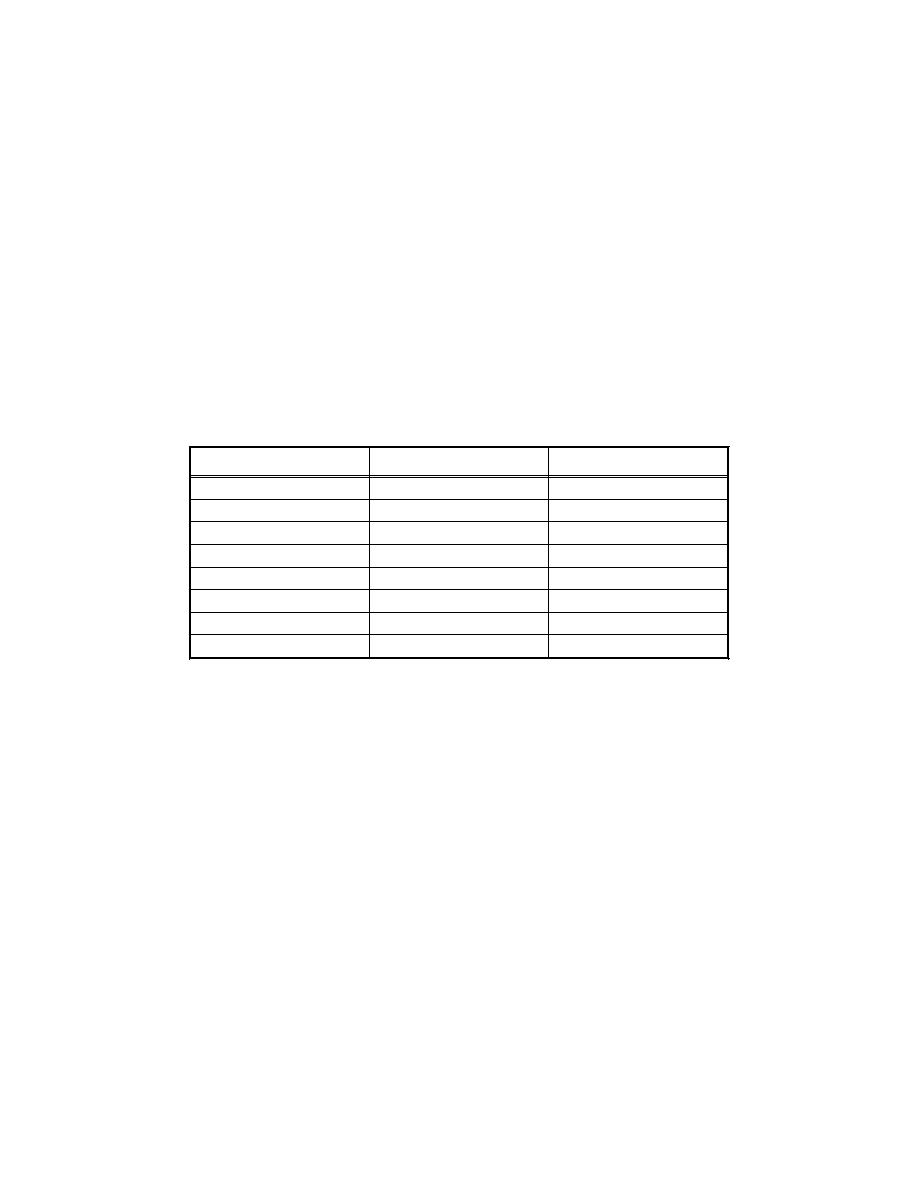 |
||
|
|
||
|
Page Title:
LAYERED SEDIMENT BED MODEL (cont.) |
||
| |||||||||||||||
|
|
 Technical Note DOER-N1
April 1998
During a storm, erosion may remove any layer or layers completely, leaving only the bottom layers
exposed. Initially, the top layers of cohesive sediment have, in most cases, high water content and
are easily erodible. Wave and current action, as well as the effects of benthic organisms, keep these
sediments in this state during nonstorm periods. Bottom sediments, protected from the wave and
current action, become more compact and are more difficult to erode. Storm action will remove the
upper layers, leaving the more compacted, erosion-resistant sediments exposed to the water. Also,
freshly deposited sediments are added to the topmost layer and are easily resuspended. Over time,
these deposited sediments will experience natural aging and compaction by freshly deposited
sediments if there is a thick enough layer to protect some of them from current and wave agitation.
The compaction and aging processes are not incorporated into the present version of LTFATE. The
table below illustrates the erosion rate ∈ for each of the eight layers (if that layer were exposed to
the sediment/water interface) for conditions of a 13-ft wave in 82 ft of water with a 0.66 ft/s steady
current in the same direction as the waves. For this example, the value of exponent m was set to 2,
which experiments have demonstrated is a reasonable value. It can be seen from this table that the
erosion rate will vary by orders of magnitude between the top and bottom layers.
τcr (lbf/ft2)
∈ (lbm/ft2/s)
A0
-6
-4
-2
8 x 10
5 x 10
9.6 x 10
-6
-3
-2
4 x 10
1 x 10
1.2 x 10
-6
-3
-4
4 x 10
5 x 10
4.0 x 10
-7
-2
-5
5 x 10
1 x 10
1.0 x 10
-7
-2
-6
3.75 x 10
2 x 10
1.2 x 10
-7
-2
-7
2.5 x 10
2 x 10
7.8 x 10
-7
-2
-7
1 x 10
2 x 10
3.1 x 10
-7
-2
-7
1 x 10
2 x 10
3.1 x 10
As previously stated, the values of A0, m, and τcr are considered to be site-specific. It is well-known
that the erosion rates of fine-grained and mixed cohesive/noncohesive sediments are related to the
previously mentioned bulk properties. To date no method has been developed to associate these
bulk properties to erosion rates despite the fact that these properties are easily measured, i.e., no
general quantitative theory of fine-grained cohesive and mixed cohesive/noncohesive sediment
erosion and resuspension properties exists. Pending research under the DOER Program involves
developing methods to associate erosion rates (and vertical variation in erosion rates) to these bulk
properties using a high-shear-stress straight flume. The methods developed by this research will be
incorporated into LTFATE, resulting in greatly improved ability to predict fine-grained and mixed
sediment bed erosion during storms and a useful tool for improved site management. Prior to
availability of these erosion rate methods related to bulk properties, this flume is being used to
obtain high shear stress erosion rates for specific sites. This information is being incorporated into
site-specific applications of LTFATE. Current studies include the Los Angeles/Long Beach Harbor
and New York Mud Dump sites.
3
|
|
Privacy Statement - Press Release - Copyright Information. - Contact Us - Support Integrated Publishing |